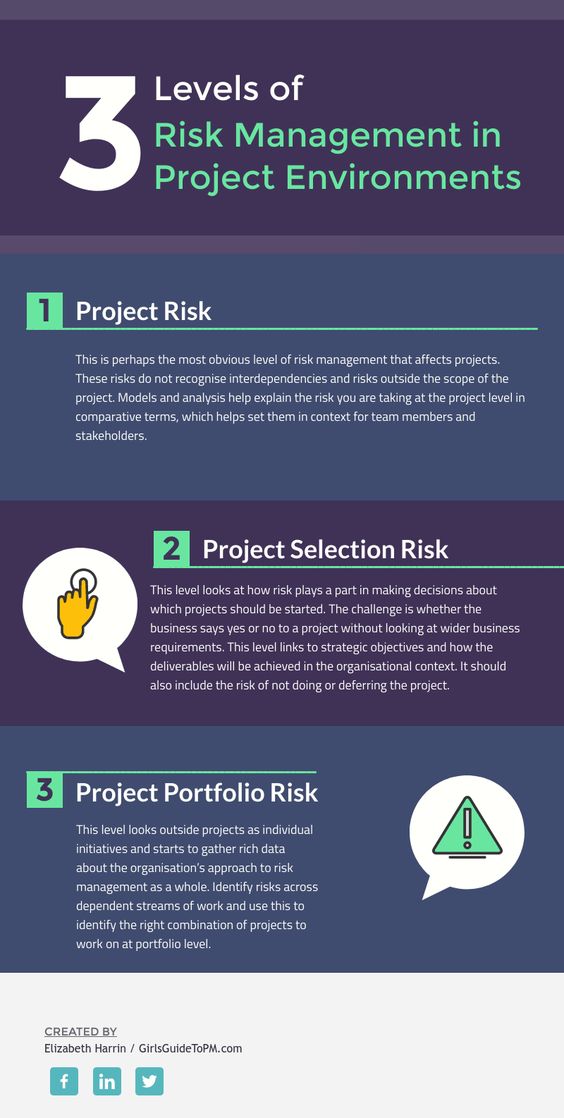Financial risk management refers to the process of identifying, assessing, and controlling risks that may impact an organization’s financial health, performance, and profitability. Financial risks can arise from a variety of sources, such as market volatility, credit risk, operational problems, and even natural disasters. The goal of financial risk management is to minimize the negative impact of these risks and ensure the long-term stability and success of an organization.
Types of Financial Risks
There are several types of financial risks that organizations must be aware of, including:
- Market Risk: This refers to the risk associated with changes in the price of financial instruments such as stocks, bonds, commodities, and currencies. Market risk can have a significant impact on an organization’s financial performance, especially if it has large investments in these instruments.
- Credit Risk: This refers to the risk of loss due to a borrower’s failure to repay a loan or meet their contractual obligations. Credit risk is particularly relevant for banks, lending institutions, and organizations that provide loans or extend credit to customers.
- Operational Risk: This refers to the risk of loss due to inadequate or failed internal processes, human error, systems failures, or external events. Operational risk can impact an organization’s financial performance and reputation and can result in significant financial losses.
- Liquidity Risk: This refers to the risk of not being able to meet obligations or pay debts as they come due because of a shortage of cash or other liquid assets. Liquidity risk can impact an organization’s financial stability and ability to continue operations.
Risk Management Strategies
Financial risk management involves the implementation of various strategies to minimize the impact of financial risks. Some of the most commonly used risk management strategies include:
- Diversification: This involves spreading investments across a range of financial instruments and markets to reduce the impact of market volatility.
- Hedging: This involves taking offsetting positions in financial instruments to reduce the impact of price changes.
- Monitoring and Review: Regular monitoring and review of financial risks is an essential part of risk management. This helps to identify potential risks early and take corrective actions before they become a major problem.
- Insurance: This involves purchasing insurance policies to protect against specific financial risks, such as natural disasters or operational problems.
Conclusion
Financial risk management is a critical aspect of financial planning and is essential for the long-term stability and success of organizations. By identifying and controlling financial risks, organizations can minimize the impact of negative events and ensure their continued financial health and profitability.
You might find these FREE courses useful
Financial risk management is a critical aspect of financial planning and is essential for the long-term stability and success of organizations. By identifying and controlling financial risks, organizations can minimize the impact of negative events and ensure their continued financial health and profitability.


